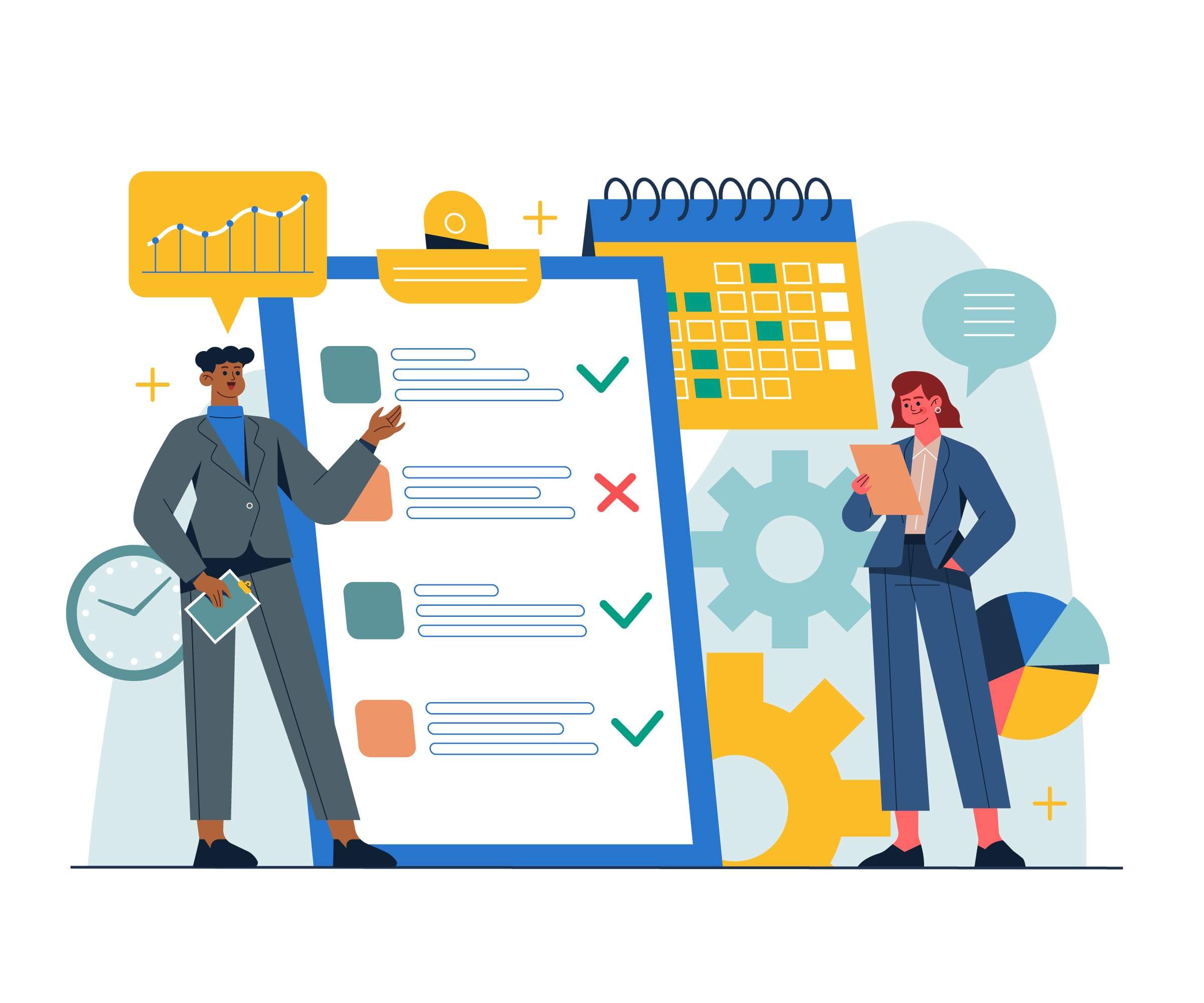Project control tools and techniques are essential for monitoring and managing projects effectively. These tools provide project managers and teams with the visibility and information needed to make informed decisions, track progress, and ensure that projects stay on course.
Here, we’ll explore various project control tools and techniques with examples:
1. Gantt Charts:
Gantt charts are visual tools that display project tasks, timelines, dependencies, and progress. They provide a clear timeline view of a project.
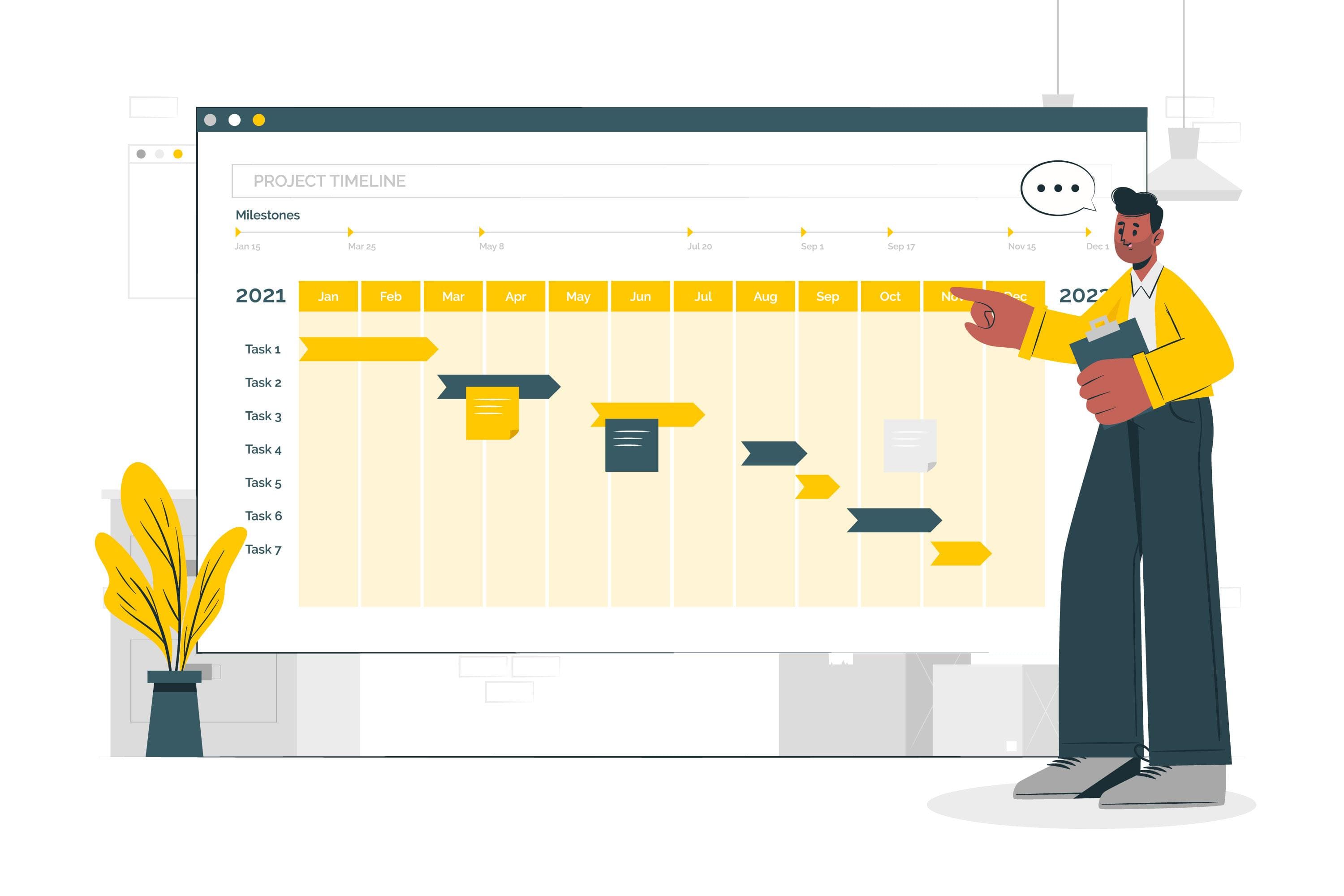
2. Project Dashboards:
Dashboards offer a consolidated view of key project metrics and KPIs. They provide a real-time snapshot of project performance.
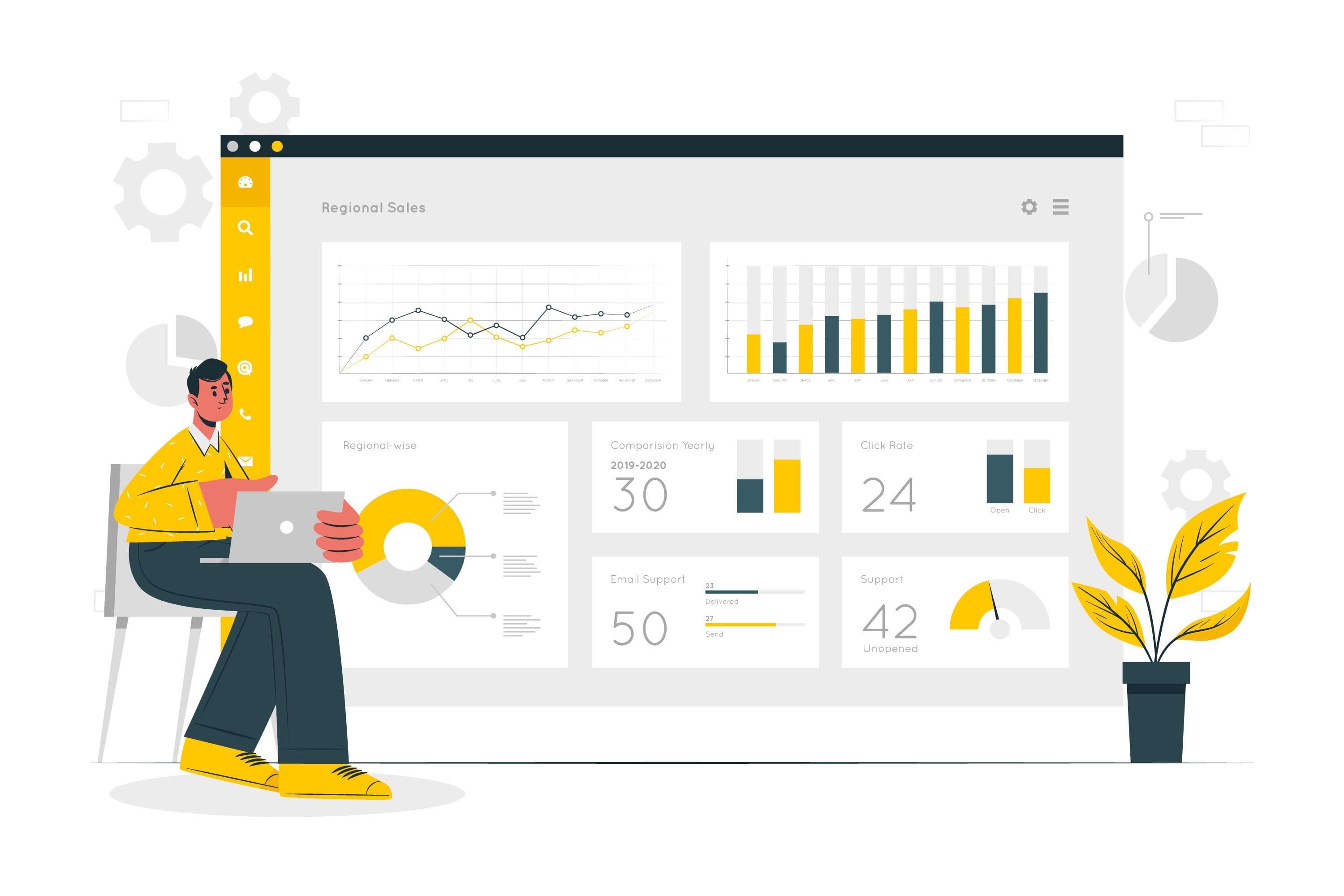
3. Project Management Software:
Project management software such as Microsoft Project, Asana, or Trello offers comprehensive tools for planning, scheduling, tracking, and collaboration.
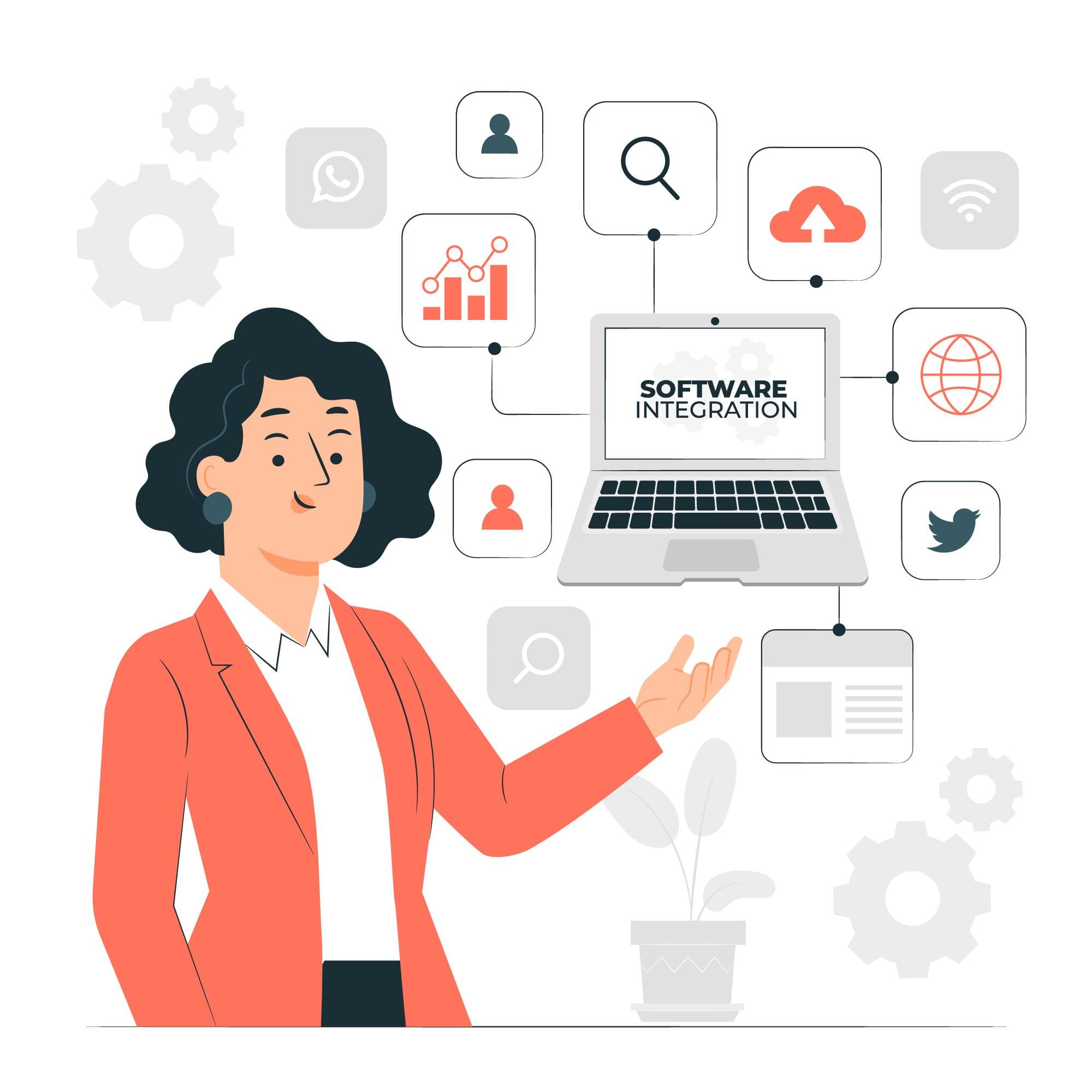
4. Earned Value Management (EVM):
EVM is a technique that integrates project scope, schedule, and cost to assess project performance. It calculates metrics like Earned Value (EV), Planned Value (PV), and Actual Cost (AC).

5. Critical Path Method (CPM):
CPM is a mathematical algorithm used to schedule project activities and determine the project’s critical path, which represents the longest sequence of dependent activities.

6. Risk Registers:
A risk register is a document that lists identified project risks, their potential impact, and mitigation plans. It helps track and manage project risks.
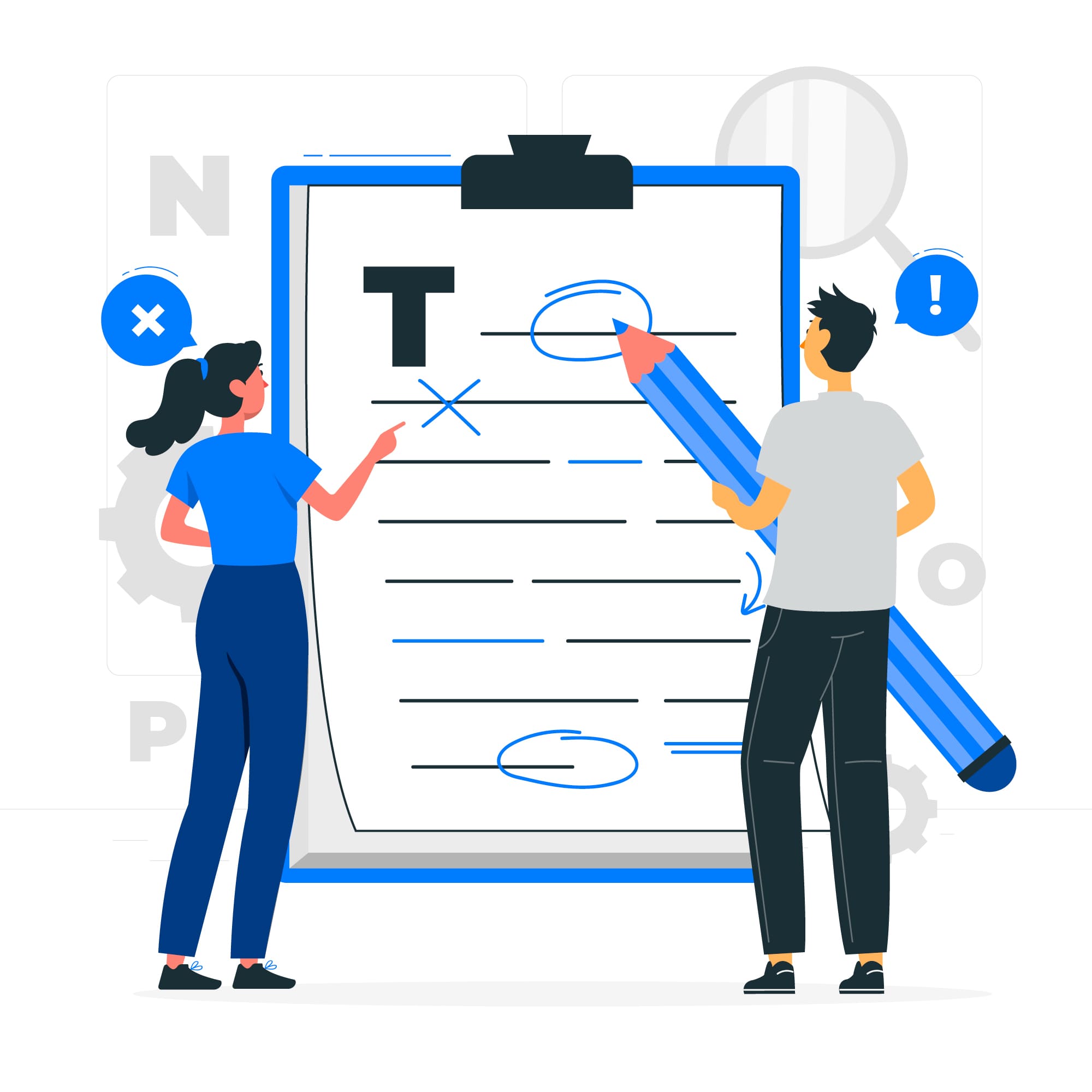
7. Change Control Logs:
Change control logs document all requested changes to the project scope, schedule, or budget. They help assess the impact of changes and ensure proper approval and tracking.

8. Performance Reporting:
Performance reports provide stakeholders with detailed project status updates, including progress against baselines, deviations, and action plans.

9. Issue Logs:
Issue logs capture and track project issues, such as problems, defects, or conflicts. They include descriptions, responsible parties, and resolution status.

10. Quality Control Checklists:
Quality control checklists outline specific criteria or standards that must be met for project deliverables to ensure quality. They help ensure adherence to quality standards.

11. Change Management Tools:
Change management tools help plan, communicate, and implement changes effectively while minimizing disruptions.

These tools and techniques are crucial for project managers to maintain control over project activities, keep stakeholders informed, and make data-driven decisions. Depending on the project’s complexity and scale, a combination of these tools may be used to ensure successful project monitoring and control.



